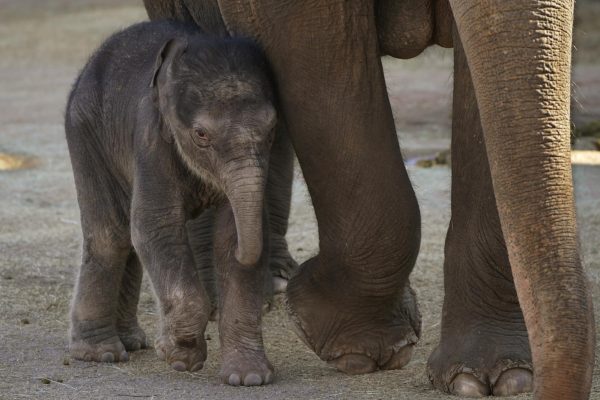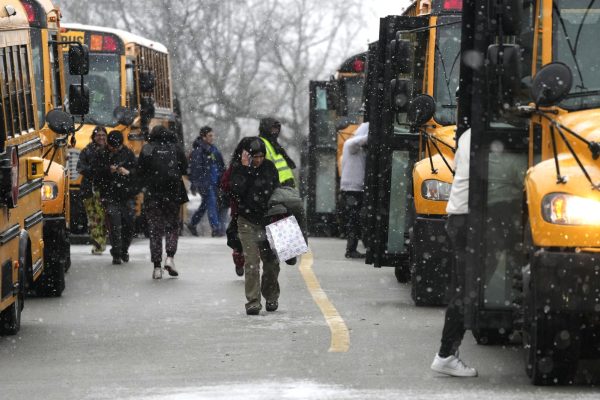Sled Dogs Are in Danger: The Truth about the Iditarod
March 9, 2018
Each March, the first Saturday rolls around and “The Last Great Race on Earth®” begins with the sound of crunching snow and hundreds of barks.
It’s the Iditarod, a dog-sled race that covers 1000 miles of Alaskan terrain. With countless movies and books based on the competition, it’s usually considered as a novelty American tradition, something outdated yet entertaining.
And one of those adjectives is clearly true — it is outdated in both animal treatment and modern safety standards.
Even the quickest runs ever recorded weigh in at over 13 days, with the stragglers finishing an entire month after they set out. And truth is, the conditions on that 1,000-mile trek are abhorrent.
A combination of the Alaskan wilderness, temperature and a musher’s passion can lead to a sometimes deadly end.
The Iditarod’s official website acknowledges just how intense the journey can be, describing the “jagged mountain ranges, frozen river, dense forest, desolate tundra and miles of windswept coast” that mushers and their teams must contend with.
And it doesn’t stop there — the weather has a mind of its own, often making things tough for competitors and their dogs.
“Add to that temperatures far below zero, winds that can cause a complete loss of visibility, the hazards of overflow, long hours of darkness and treacherous climbs and side hills, and you have the Iditarod,” said the race’s official website.
These negative temps and harsh conditions can lead to injuries, with 81 percent of dogs finishing the race with lung damage, according to the NY Daily News.
It’s this intensity that leads mushers to strive for first place, to push their teams to the extremes in order to overcome the perilous path before them. However, Mushers use, for lack of better word, cruel methods to assure their standings.
It’s standard practice in the dog-sledding world to breed hundreds of puppies, entire generations, to “make” a select few dogs who are seen as fit for competition. This practice doesn’t have any sympathy for those who don’t make it, leading to the comparison of puppy mills and the puppy recruiting process.
Like puppy mills, when they’re not chosen, they’re disposed of.
“Puppy culling has been going on with Alaska mushers for generations. They can’t afford to feed all the pups and don’t want the ones who they think won’t perform. I’ve had personal experience with mushers and I can tell you that out of any given litter, most will be killed,” said John Lawrence, an Alaskan citizen, in an email to the Sled Dog Action Coalition.
This is the opposite of what the Iditarod’s website explains was the purpose of the race — to help repopulate the Alaskan huskies and keep Alaskan culture alive.
But last time I checked, Alaskan culture had nothing to do with the slaughter of their beloved dog breed in return for $75,000 and a new truck.





















